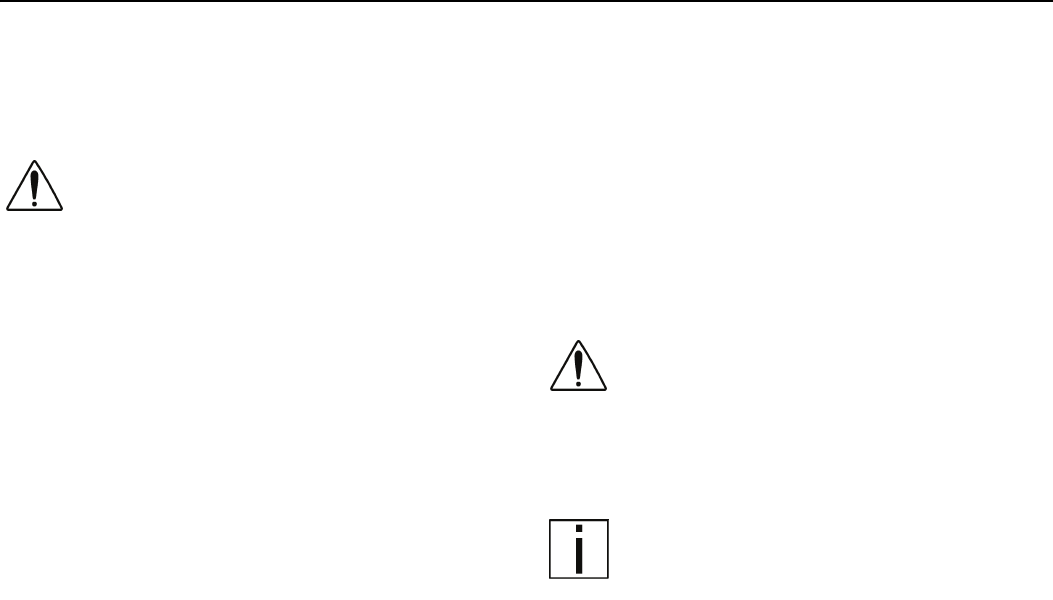Specifications

USING THE BRAKE SYSTEM STARTING AND OPERATING THE VEHICLE
– 118 – Y53-6008A
Medium Duty (R05/09)
to the trailer, and (3) protect the tractor air supply in case
of separation of the air lines connecting the tractor to the
trailer.
Hydraulic Brakes
WARNING! Do not operate the vehicle in the
event of a malfunction in any air or hydraulic
circuit. Such a malfunction may prevent the
brake system from operating properly, and
could result in an injury accident. The vehicle
should not be operated until the system is
repaired and both braking circuits, including
all pneumatic, hydraulic, and mechanical
components are working properly.
The operation of the vehicle's braking system is based on
the principle of hydraulics. Hydraulic action begins when
force is applied to the brake pedal. This force creates
hydraulic pressure in the master cylinder and is amplified
with assistance of a power booster. The supplemental
boost in force is developed when pressurized power steer-
ing fluid from the steering pump presses on the master
cylinder piston. As a safety precaution, the pressurized
fluid from the master cylinder has two mutually indepen-
dent circuits. The primary circuit supplies the front wheels
while the secondary circuit supplies the rear wheels. The
displaced fluid from the master cylinder travels through
brake pipes terminating at the wheel cylinders which actu-
ate the brake pad mechanisms. Actuation of these mech-
anisms force the brake pads against the rotors to stop the
wheels.
A reserve electric motor pump provides a redundant
power source for the hydraulic booster in the event normal
flow from the power steering pump is interrupted. Manual
braking is also available in the event both the power and
reserve systems are inoperative.
WARNING! Never drive your vehicle with the
parking brakes applied. Always release the
parking brakes prior to moving the vehicle.
Failure to disengage the parking brakes prior
to moving your vehicle could result in exces-
sive heat build-up of the brakes and start a
fire.
NOTE: Today’s diesel electronic engines have
significant torque and startability power at low
RPM. Combinations of engine speed and avail-
able torque may over-power the vehicle’s parking
brakes.










